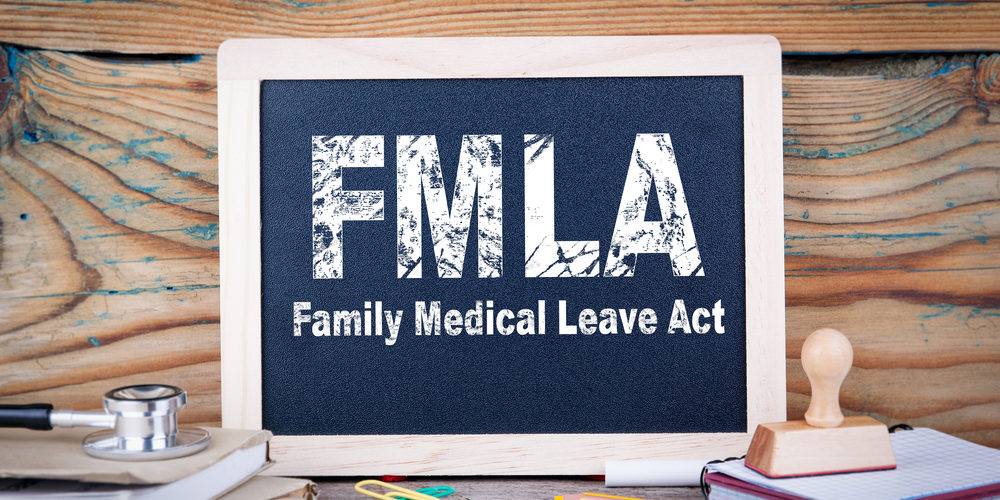Employees who have serious health conditions might be covered under two federal laws, including the Family and Medical Leave Act (FMLA) and the Americans with Disabilities Act (ADA). Understanding the types of protection these two laws provide and the types of employers that are covered by them is important when you have suffered a serious health condition or injury and need to take time off from work or to have reasonable accommodations provided to you so that you can perform the essential tasks of your job.
While these laws differ in their scope, employees with serious health conditions or disabilities should know both of these laws. Many claims involving medical leave or disabilities involve both of these laws, making it important for you to understand how these laws might protect you. Here is some information about the ADA and the FMLA from the attorneys at Swartz Swidler.
What is the ADA?
The Americans with Disabilities Act (ADA) protects people who have disabilities when they are at work. The ADA defines a disability as a physical or mental impairment that limits your ability to perform at least one major life activity. A disabled person is someone who has one of these types of impairments, has a history of them, or is correctly or incorrectly perceived to have a disabling condition.
Employers are prohibited from discriminating against applicants or employees with disabilities under the ADA. They must also provide reasonable accommodations to disabled employees that enable them to perform the tasks of their jobs. For example, an employer might make changes to an employee’s work schedule to allow him or her to work part-time or to take more frequent breaks. Reasonable accommodations might also include making changes to a building to make it accessible or offering other alterations. However, employers do not have to provide every type of accommodation that might be requested. They only have to provide accommodations that do not create an undue financial hardship for the employer.
Allowing an employee to take a leave of absence might also be considered to be a reasonable accommodation under the ADA. However, if the employee will not be able to return to work after taking leave, it might not be considered to be a reasonable accommodation.
What Is the FMLA?
The Family and Medical Leave Act is a federal law that protects the rights of eligible employees to take a leave of absence from work to care for their own serious medical conditions or those of their close family members. The FMLA also provides the right to take unpaid leave to welcome a newly born, adopted, or foster care child or to take care of certain things related to a family member’s military deployment.
The FMLA allows eligible employees to take up to 12 weeks off from work in a 12-month period for one of the specified purposes. Leave under the FMLA is job-protected, and the employer must also maintain the employee’s health benefits while they are on leave.
When Medical and Disability Laws Intersect
If you need to take time off from work because of your serious health condition or disability, you might be protected by both the ADA and the FMLA simultaneously. In some cases, provisions of these laws might apply to the same employee at the same time. Both employers and employees need to know when the ADA and the FMLA might intersect.
New Jersey also has its own family and medical leave laws, so you need to understand them as well. The New Jersey Family Leave Act allows employees to take time off from work to care for their family members’ serious health conditions or to bond with a new child. However, it does not allow employees to take time off from work to care for their own medical issues. New Jersey also requires employers of any size to provide 40 hours of earned sick leave to employees each year to care for their own medical conditions or those of their family members.
Employers should take the following steps to determine which law or laws apply and what their responsibilities are when employees request medical or disability leave:
- Determine the laws that cover the employer. For example, the FMLA covers private employers with at least 50 employees while the ADA covers employers with at least 15 employees. This means that a private employer with 50 or more employees will be covered by both the ADA and the FMLA.
- Determine the laws that apply to the employee. For example, an eligible employee under the FMLA must have worked at least 1,250 hours and for at least 12 months for a covered employer before the date of the requested leave and must also have a serious health condition. Temporary medical conditions typically will not meet the definition of disability under the ADA.
In some cases, an employer might ask for a medical certification to verify the employee’s qualifying condition under the FMLA or determine whether a requested accommodation is reasonable and necessary. If more than one law applies to the employee’s situation, the employer must provide the employee leave under the law that provides the greatest protection to the employee.
Employers must also determine whether the leave is job-protected, allowing the employee to be reinstated to the same position or one with the same pay, duties, and benefits. If the employee will return to work, the employer should determine whether any accommodations should be provided.
Get Help From Swartz Swidler
If you have a serious health condition or injury that prevents you from performing the essential tasks of your job, you might be entitled to protection under both the ADA and the FMLA. If your employer has denied your request for leave or for reasonable accommodations, you should consult an experienced employment lawyer at Swartz Swidler to understand the potential legal remedies that might be available to you. Contact us today for a free consultation by calling us at (856) 685-7420.








